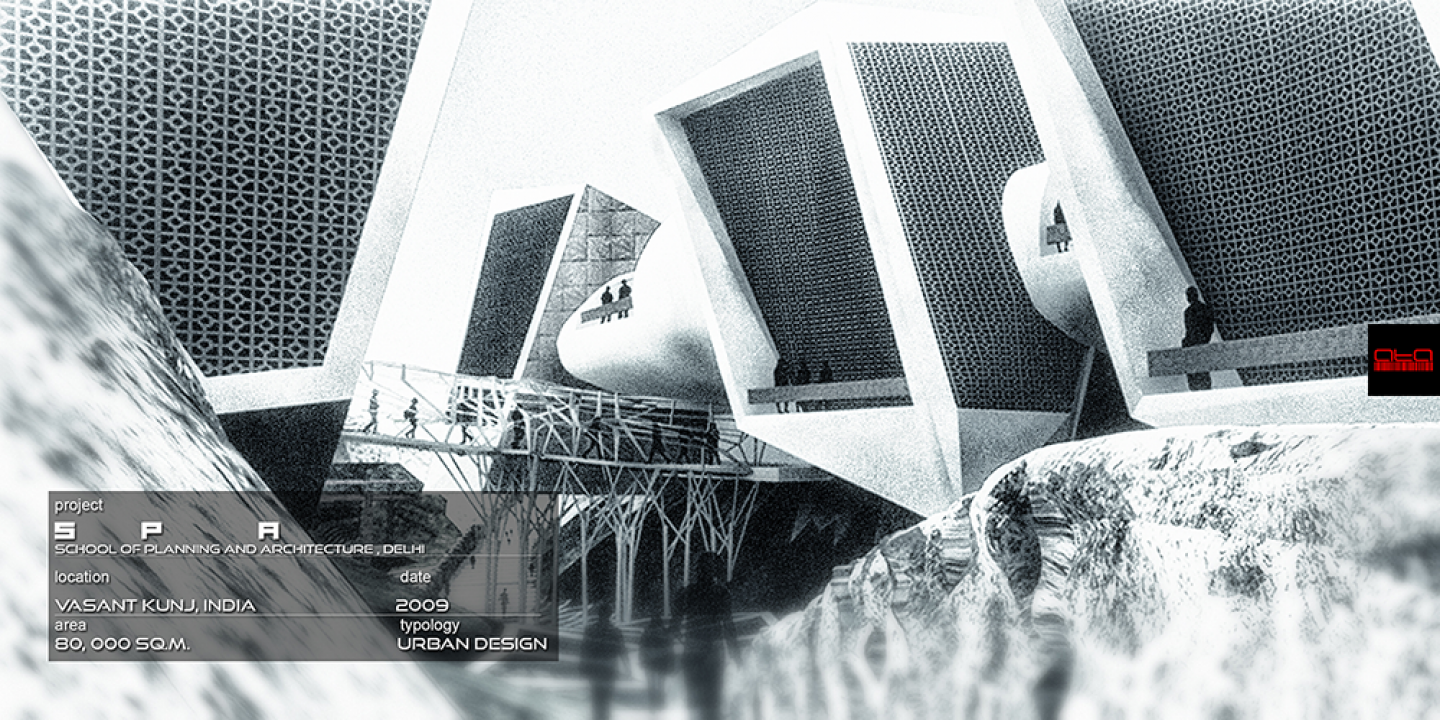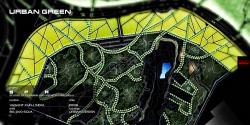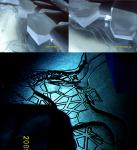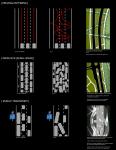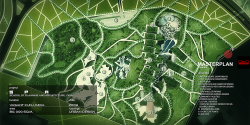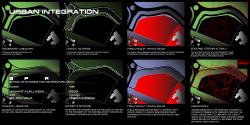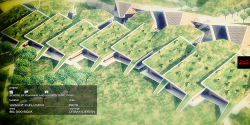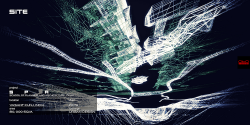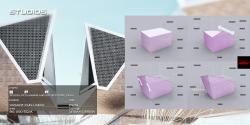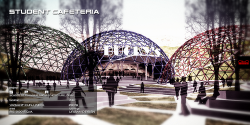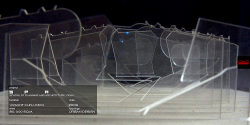“The city does not tell its past but contains it like the lines of a hand written in every segment marked with scratches, indentations, scrolls.”
Italo calvino
“The invisible city”
The city is an amalgamation of the physical {infrastructure + built fabric} and the non physical/ invisible realm {social interactions + art + culture + history}. The balanced intermingling of these two realms enables cities to formulate for themselves into dynamic and interactive environments. Globally developing cities like Delhi often struggle with achieving this balance. The critical factor is not to eradicate the invisible realm for the sake of development of infrastructure. Unfortunately we are seeing this happen in Delhi today. We are no longer able to see the sky while on the roads due to infrastructure. Is there a smarter and better way to implement planning strategies? Green open spaces are being diminished or lost due to large scale development by developers who lack guidance on pertinent issues of green space and the natural environment. All of these issues are demanding of us to take decisions. But in order for us to make appropriate decisions we have to ask the appropriate questions. What is Urban Design? Is urban design primarily about establishing guidelines or is it about place making? What is the role of nature within the cities of India? Is urban design limited to physicality or can it be a gesture highlighted by the programming of space? We approach the SPA design competition with these issues in the back of our mind to aid us in the process of understanding urbanism.
Over time we have lost the respect for the open green parks within our cities. They now grow un-attended, un-activated and gated behind walls making them inaccessible and dead spaces within the city. Ironically they seem to be their own graveyards within the built fabric. Gating our natural environment will not protect it but suffocate it. We have to unleash nature in to our cities and make it a viable, vibrant and essential aspect of our everyday lives. What was once the graceful Delhi ridge is now a fragmented patchwork of green overtaken by the concrete jungle. The biodiversity park in itself is struggling to survive by being contained and cut off from the larger organism of the ridge itself.
The history of Indian built environment stands as a testament for the world on the use of sustainable techniques. Indian architecture and fabric of Indian cities have always been mindful of climate and terrain. This has proved to work in our favor as these led to creating fascinating, sculptural and viable building solutions in the form of the Stepwells of Adalaj in Ahmedabad or the Kailash Temple, Aurangabad
The School of planning and architecture competition deals with many issues. The site ever more so challenging also offers immense opportunities. The adjacency to a high end commercial zone, a bio diversity park and the JNU campus adds to the challenges of creating a wholesome environment.
Proposal-
Our proposal is involved with integrating the site through various urban conditions physically and non physically. In our point of view the site is part of the bio diversity park which has been disjointed by the strange planning route of the service road. We believe that the SPA site is part of a larger campus which comprises of Teri University, International Center for Alternative Dispute Resolution (ICADR), Instt. for Studies in Industrial Dev. (ISID), National Book Trust and the Bio Diversity Park.
The question - How do we achieve the creation of a whole some campus in the midst of a chaotic fragmented urban network and built environment?
Before we move forward it is crucial for us to understand the private and public realms. This will help us identify the hierarchy of the different kinds of spaces within the public and private realms.
The initial step is to swap the existing green space (between the two roads)
2009
2009
Favorited 1 times
